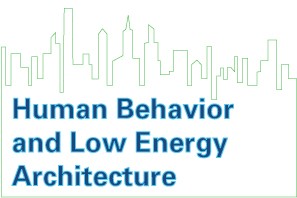Project Title:
Human Behavior and Low Energy Architecture: Linking Environmental Adaptation, Personal Comfort, and Energy Consumption in the Built Environment.
Principal Investigator:
Jared Langevin
Funding Agency:
U.S. National Science Foundation
Funding Period:
October 2011- October 2014
Abstract:
This project develops and implements a Human and Building Interaction Toolkit (HABIT), a framework for the integrated simulation of office occupants’ thermally adaptive behaviors, IEQ, and building energy use as part of sustainable building design and operation. Development of HABIT begins with an effort to devise more reliable methods for predicting individual occupants’ thermal comfort, considered the driving force behind the behaviors of focus for this project. A long-term field study of thermal comfort and behavior is then carried out, and the data it generates are used to develop and validate an agent-based behavior simulation model. Key aspects of the agent-based behavior model are detailed, and its predictive abilities are found to compare favorably to those of multiple other behavior modeling options.
Finally, the agent-based behavior model is linked with whole building energy simulation in EnergyPlus, forming the full HABIT program. The program is used to evaluate the energy and IEQ impacts of several occupant behavior scenarios in the simulation of a case study office building for the Philadelphia climate. Results indicate that more efficient local heating/cooling options may be paired with wider set point ranges to yield up to 15-16% HVAC/equipment energy savings while also reducing thermal discomfort; however, it is shown that the source of energy being saved must be considered in each case, as local heating options end up replacing cheaper, more carbon-friendly gas heating with expensive, emissions-heavy plug load electricity.
